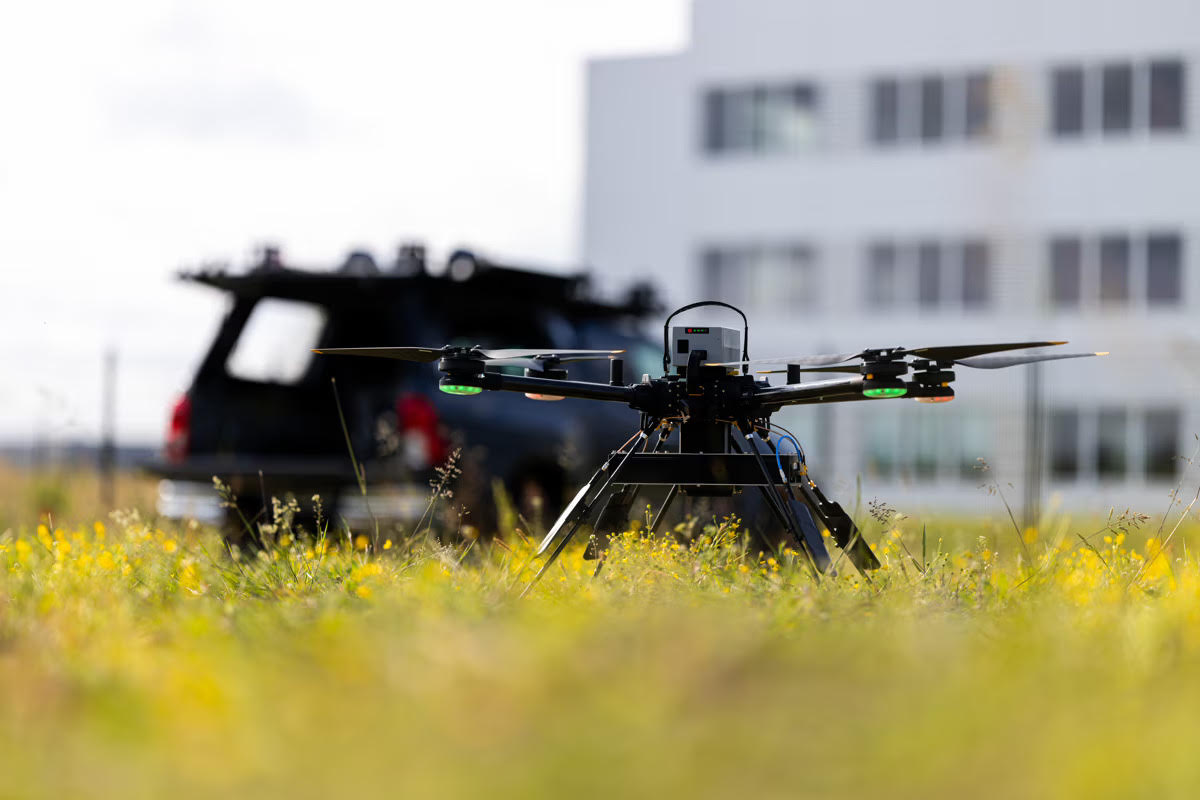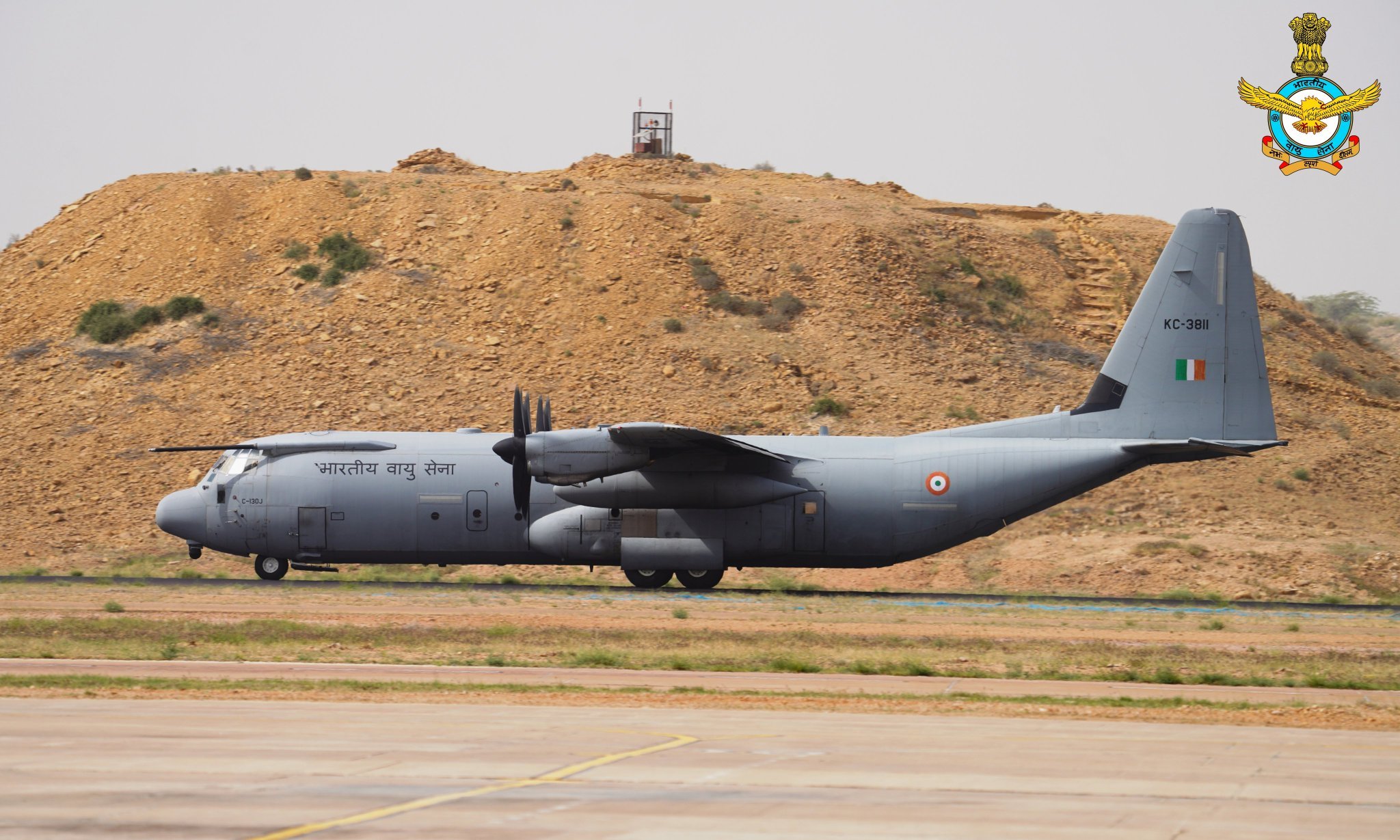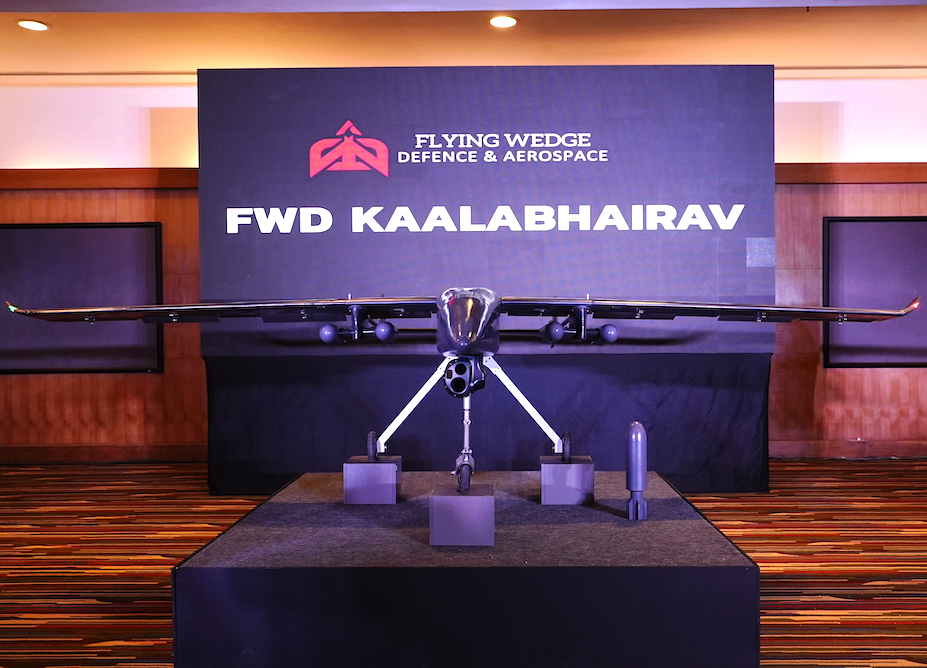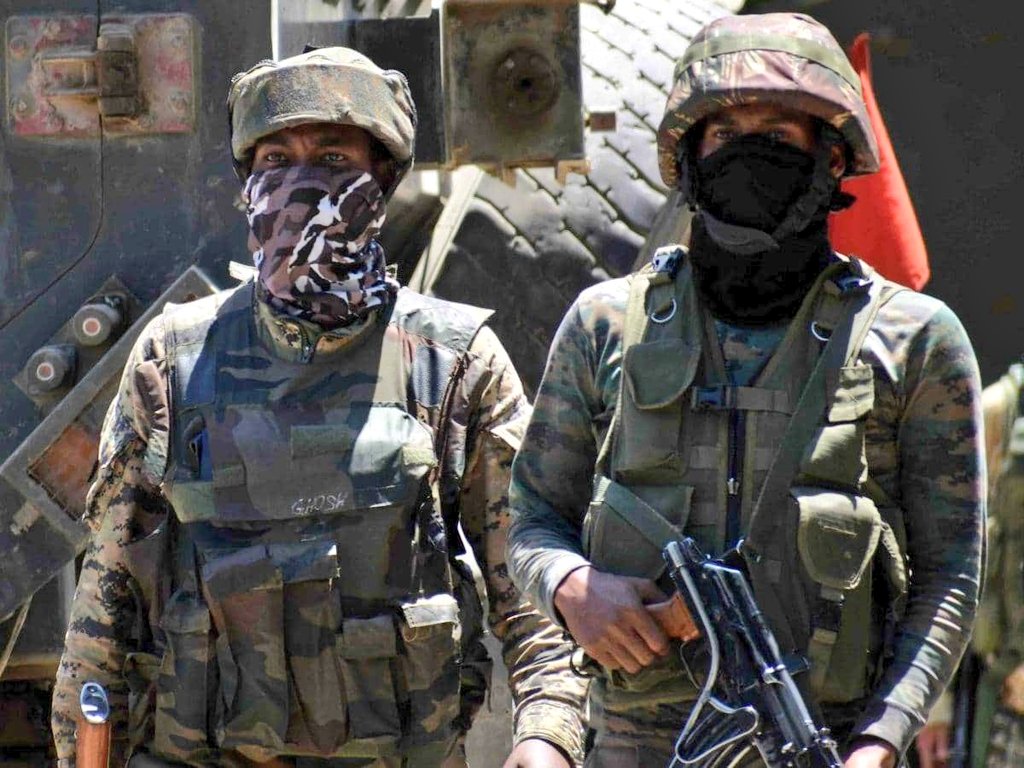 Thales-developed lightweight, remotely controlled electronic warfare payload (Photo: Thales)
Thales-developed lightweight, remotely controlled electronic warfare payload (Photo: Thales)
New Delhi: French multinational aerospace and defence giant Thales unveiled a lightweight, remotely controlled electronic warfare solution to meet the need for more closely integrated electromagnetic dominance operations across all military units, at Paris Air Show.
For its operations, the company said there is no requirement of the specialised training.
As a pre-requisite for battlefield superiority, the electromagnetic dominance operations are now needed by all tactical formations which was traditionally only conducted by highly specialised units.
Thales further added that the new system represents a breakthrough in terms of access to electromagnetic intelligence, offering front-line units an unprecedented operational intelligence capability for that is readily accessible, agile and discreet and can be adapted for use by land or naval forces.
With the growing intensity of electronic warfare operations, the new Thales solution is designed to provide all deployed forces, including non-specialised units, with an initial, autonomous detection, location and analysis capability.
The development of this innovative solution follows a proof-of-concept (PoC) awarded to Thales by France's Defence Innovation Agency (AID) after a European competitive procurement process.
During the PoC phase, multiple users successfully tested the solution in a range of different use cases.
"The current geopolitical context and the emergence of new threats have underscored the expanding role of electronic warfare in the theatre of operations and demonstrated a growing need for all combat units to have direct access to these crucial capabilities,” said Christophe Groshenry, Vice President, Radio Communications Products, Thales.
“Today we are able to offer a unique new solution that is discreet and easy to use by non-specialised units to enable deployed forces to gain and maintain information superiority in the field. The new solution demonstrates Thales's capacity for innovation and the ability of our development teams to respond extremely quickly to new operational requirements," he said.
Weighing less than 5 kg and with a power requirement of under 40 watt, the new payload is optimised for deployment by light drones.
It can be installed on free-flying or autonomous drones, or on tethered drones powered and connected to the ground by a cable, to detect radio sources tens of kilometres away with no active emissions, which is a major advantage in contested environments.










